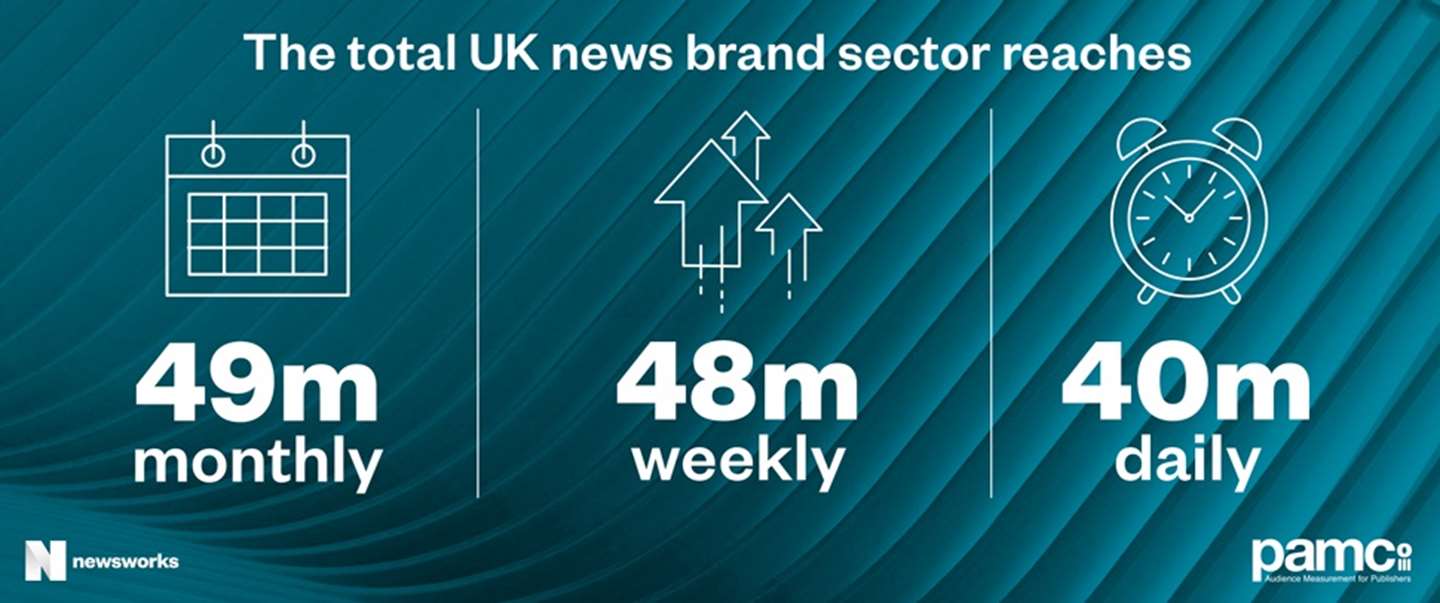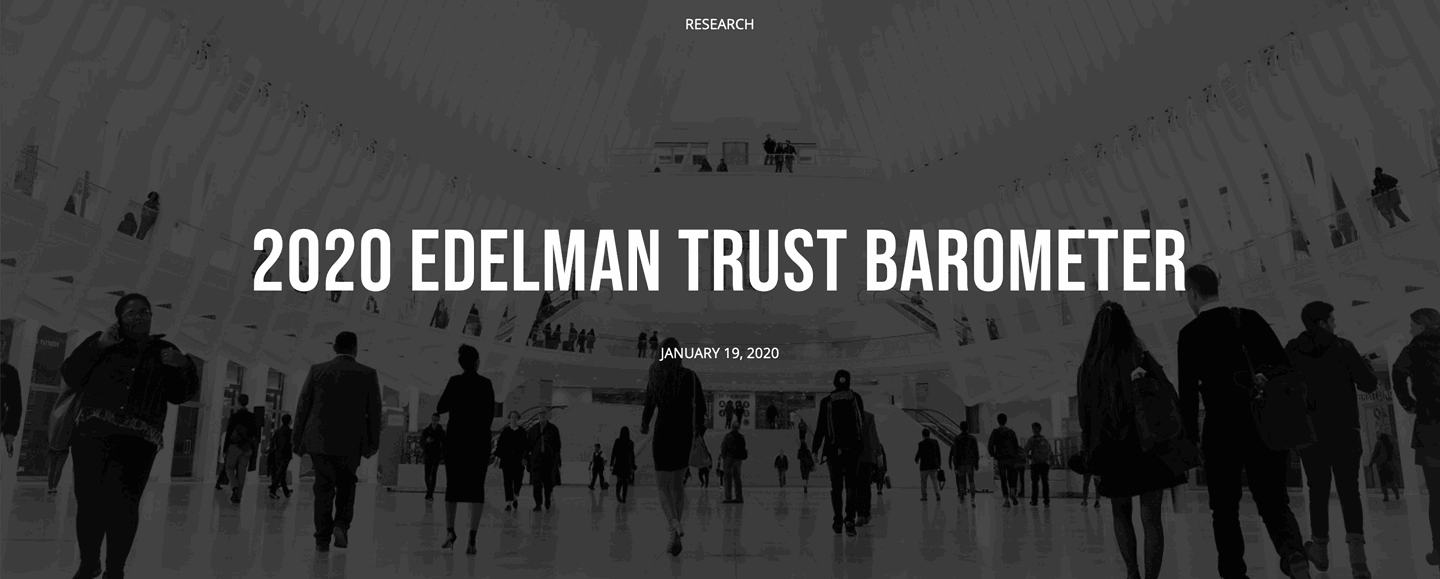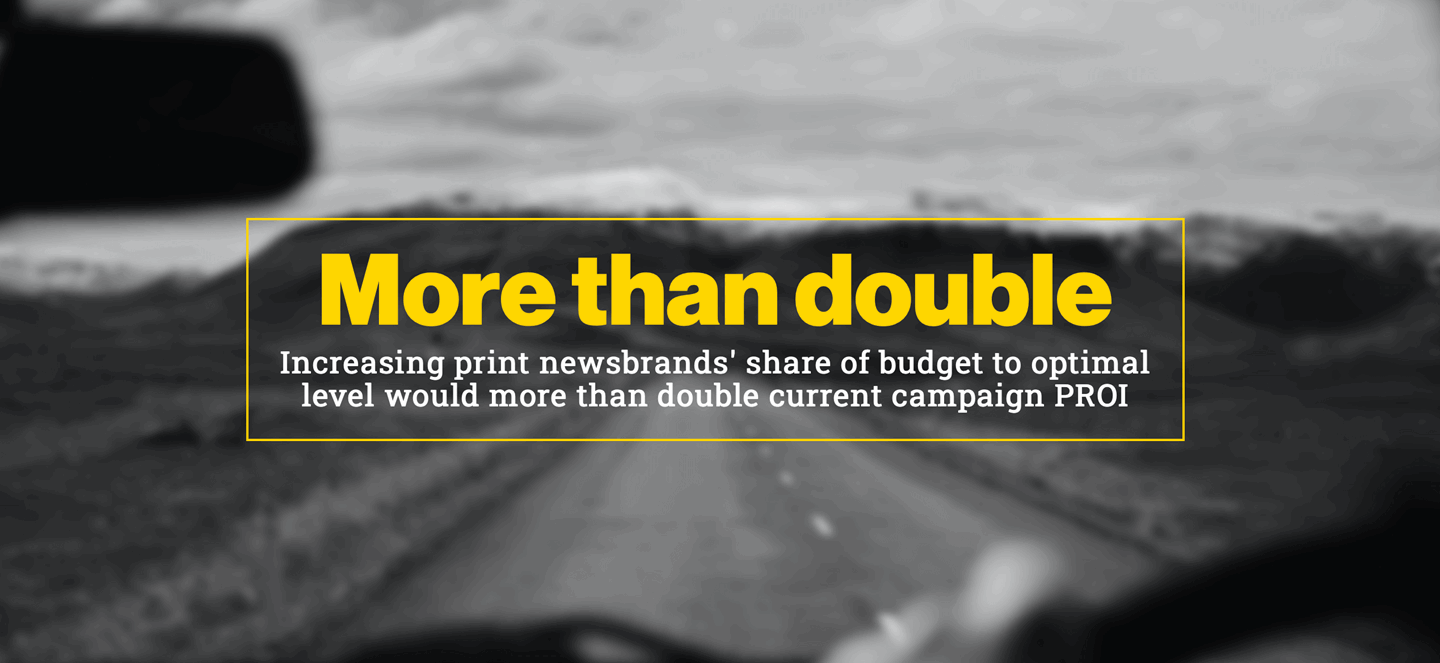Newspapers – or newsbrands, as they are increasingly referred to, in order to reflect their cross-platform nature – are defined as the online and offline publishing platforms of national and regional newspapers, both paid for and free.
Newspaper effectiveness is the quantifiable and attributable effects of newspaper advertising campaigns against defined objectives and metrics.
1. Newsbrands can play a unique role in multi-media campaigns
According to research from UK industry body Newsworks, newsbrands affect behaviour change at two key points in the buying journey:
Driving purchase consideration at the ‘Preparation’ stage (when people don’t currently buy but are planning to do so).
Creating loyalty at the ‘Maintenance’ stage (when people currently buy and intend to continue doing so).
Extrapolation of these findings suggests brands are missing out on £3bn profit by not including newsbrands in their campaigns. The research also found that average campaign awareness was 54% among news brand readers versus 46% generally, and that news brands are especially good at driving brand knowledge, purchase intent, word of mouth and advocacy.
2. Newsbrands can provide a more trusted context than social media
According to the global Edelman Trust Barometer, there is a growing trust gap between traditional media sources and social media. In a world pessimistic about the future, people are increasingly turning to traditional media to find credible information. The report showed a record gulf between the high level of trust in traditional news sources, and the distrust in social media as an information source, following well-publicised privacy scandals.
However, credibility is not a given for a newsbrand, which needs to earn reader trust. Research in 2018 showed that, in the UK, the newsbrands with the highest reach (The Sun and the Daily Mail) were not trusted by 40-60% of their readers. On the other hand, efforts to gain trust pay dividends: a campaign for the New York Times that positioned the title as a truthful source of news generated a 10.7% lift in purchase intent and a 100% increase in subscriptions.





